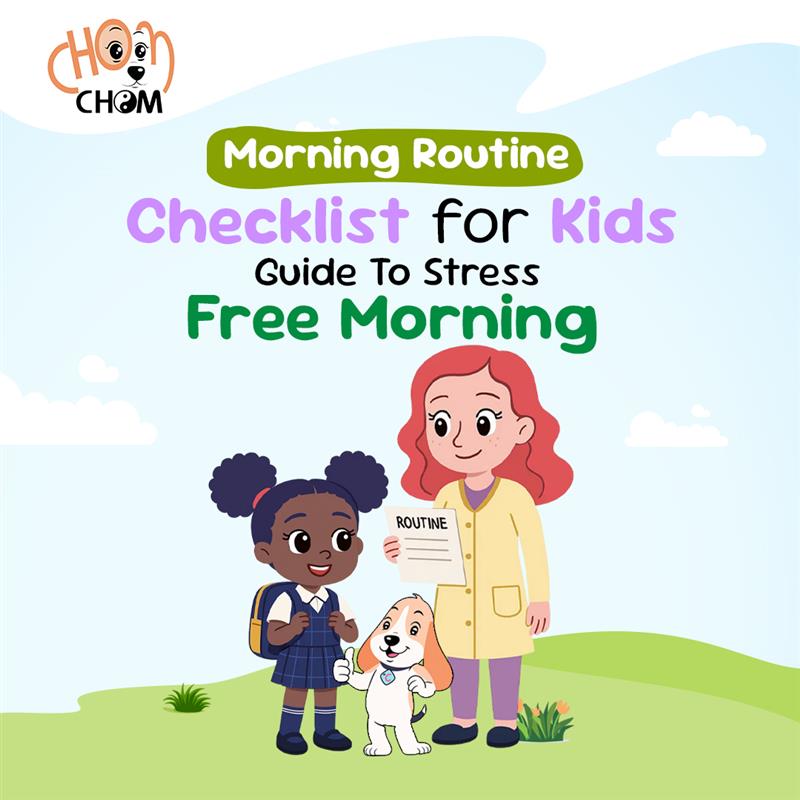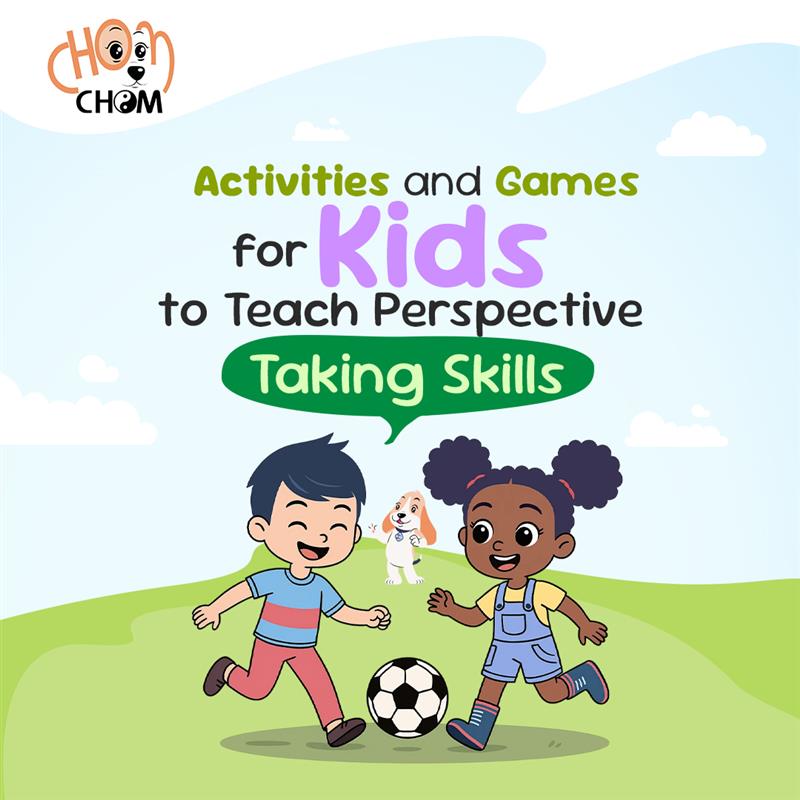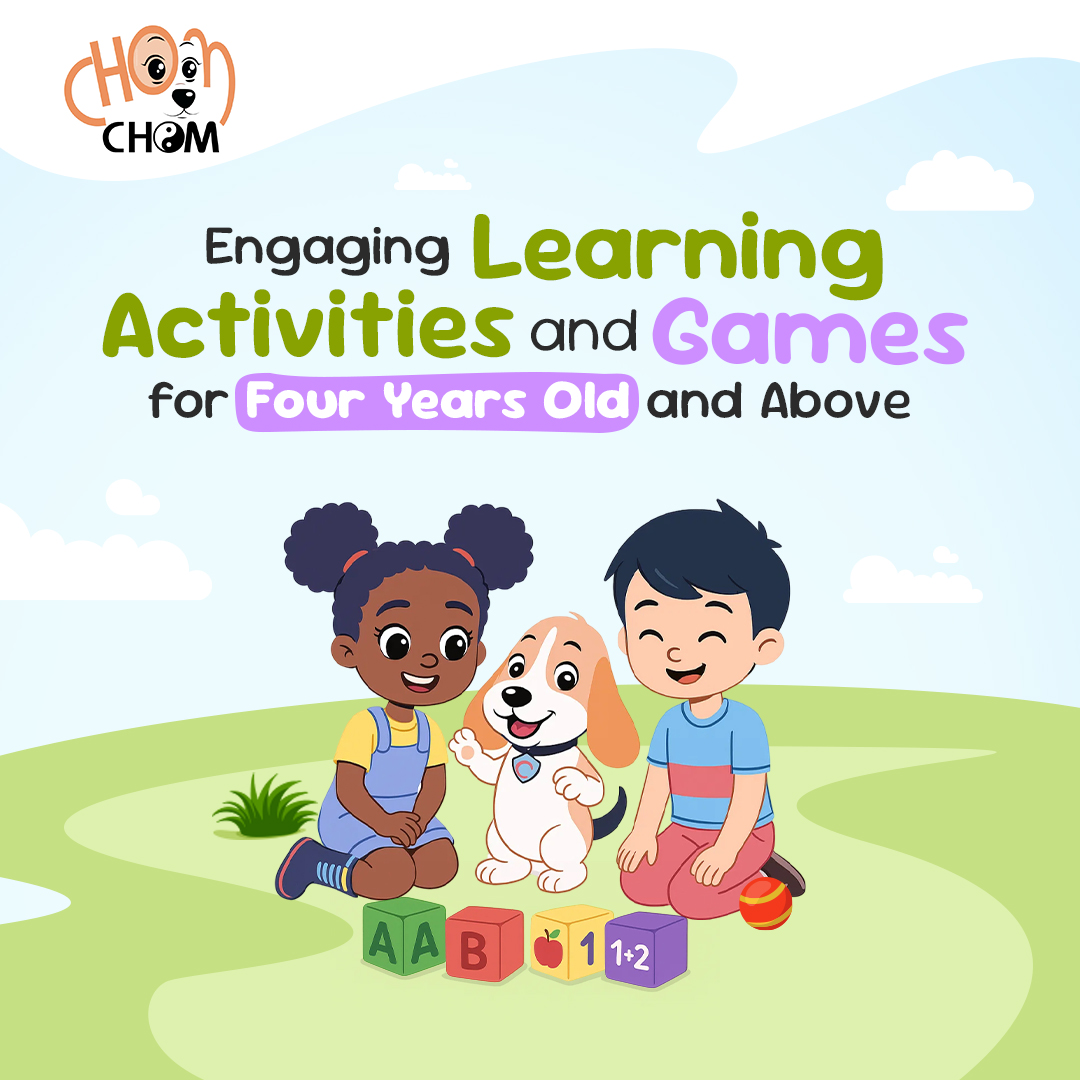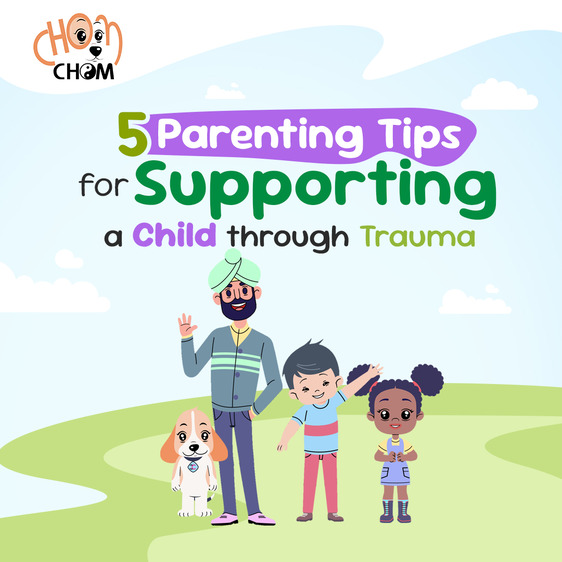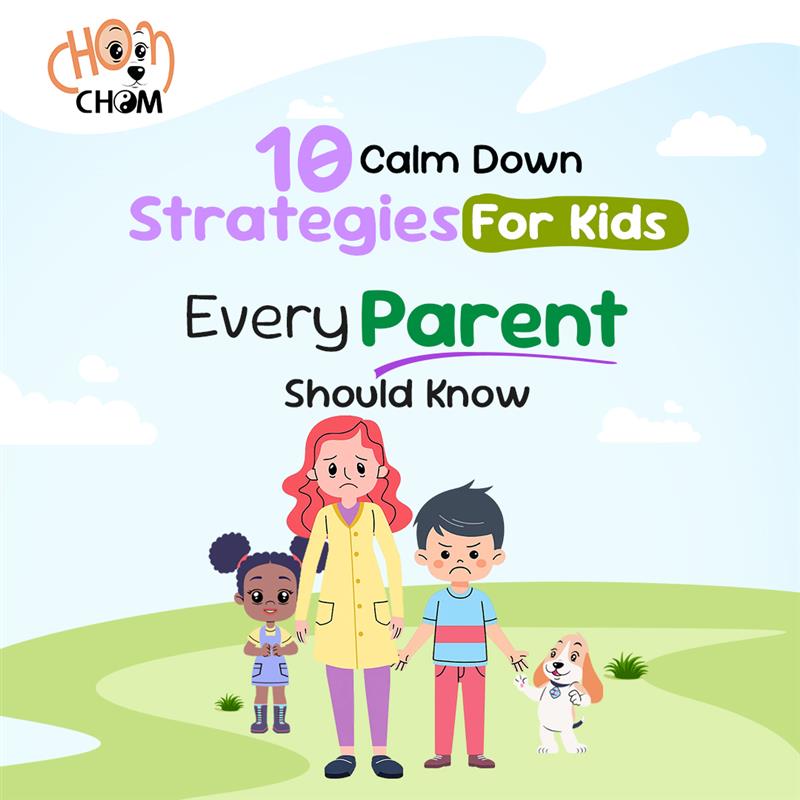
You are not alone. Each parent has faced this challenge.
Your child is having a meltdown in the middle of the grocery store. Everyone has stared you down. You are embarrassed. Frustrated. You feel helpless.
You’ve tried everything. “Calm down!” You say “Just relax!” Nothing works. Your child cries more. You feel like you’ve failed.
The worst part is that these meltdowns happen at home, at school, in restaurants, and at bedtime, and you don’t know when the next one will hit.
You question yourself constantly. Is this normal? Am I doing something wrong? Will my child ever be able to control their feelings?
Your own stress doesn’t help either. When your child loses control, it can feel overwhelming. You yell. You give in. But inside, you know it’s wrong, and you feel bad every time.
Here’s the truth. You are NOT failing. Your child is NOT broken.
Children’s brains are still developing. They can’t “just calm down” on their own; they need tools and your help learning the skills of emotional regulation.
In this guide, you’ll find 10 effective calm-down techniques for children. These calming strategies are easy to do at home, at school, or in public, and the best part is that they will ultimately provide you and your child with relief.
Understanding Children’s Emotions
Children experience emotions differently from adults. Their reactions can feel exaggerated. Their tantrums feel longer than adult meltdowns. This is all typical.
Young brains are still developing, though. The part of the brain responsible for emotional regulation develops slowly. Even if they developed those skills, kids would not be able to “calm down” on demand.
Kids also do not develop vocabulary for feelings as readily as they develop motor skills or even verbalize their thoughts. They are not ready to share. “I feel frustrated.” They will cry, yell, or throw things.
Your job is to do two things.
- Let them feel their emotions. Do not invalidate feelings.
- Teach your child soothing methods to help them manage when they feel those feelings.
Emotional regulation is indeed a skill- like reading or riding a bike, it takes development and practice. So be patient with your child. Be patient with yourself!
The 10 Calm Down Strategies
Now that you understand why emotions challenge children, let’s look at how to help them.
Here are 10 calming strategies for kids. These are practical strategies we have been using and that have proven to work with kids across ages and situations. Some methods work to help kids release energy. Some work to provide comfort to kids. Many work to engage children with sensory activities.
Of course, no single strategy will work for all children – your toddler may see and play with bubbles, while another child may engage with drawing. And that is acceptable.
Check out various calming-down strategies and see which works best for your child. You can also put two or more strategies into practice at the same time, depending on what works best for you and your child.
Each strategy explains how it works and provides tips for implementing it. Consider choosing tonic calming, grounded calming, or choose two or three to begin with today.
Strategy 1: Deep Breathing Exercises
Deep breathing is one of the most effective calming techniques with kids. It works quickly, costs nothing, and can be put into practice anywhere.
How to do belly breathing:
- Put your hands on your stomach
- Breathe in through your nose slowly
- Watch your belly push out
- Breathe out of your mouth slowly
- Watch your belly go back in
- Repeat this process 5 times
Deep breathing decreases heart rate. It sends the signal to the brain to feel comfortable, something that has been easily mobilized into a relaxation strategy for kids.
Teach your child to breathe deeply when they are calm. Continue coaching them to practice daily until they become automatic during stressful times. For instance, try some fun variations like dragon breaths or a flower-and-candle.
Kids breathe in to smell the flower. Kids breathe out to blow out the candle.
Strategy 2: Counting
Counting is another method that provides distraction. This strategy allows children to disrupt the chain of negative thinking they are experiencing. It serves as another calming-down strategy.
Please have your child count to 10 first, or, for older kids, count higher, like to 50 or 100. Sometimes it’s fun for kids to count backward.
The magic in counting is that:
- It takes the mind to something else (distraction)
- It gives the brain something to do (a specific task)
- It allows a pause before action (delay reacting)
- It allows for emotions to settle
Make it fun! Count everything in the room. Count by twos, or fives, or even in different languages.
The important thing about this is distraction. Because when children are counting who may have felt upset at some point, they move on from focusing on the time they were upset.
Strategy 3: Creative Expression
Art acts as an outlet for big feelings and is one of the best calming activities for kids. You don’t need to have artistic skill!
You can provide your child with paper and crayons and let them draw freely. Or you can give them coloring books, since repetitive motion can be calming.
Some creative options:
- Create a drawing of what made them upset
- Create a drawing of a happy memory
- Use colors to show feelings- Creative options
- Scribble hard to let out their energy
- Color a mandala or a pattern
Art can serve both as a distraction and as a space for expression. Kids process their feelings while doing art, but it also builds fine motor skills.
Keep some supplies on hand in your calm-down kit! Just make sure you allow time to do the art in a judgment-free zone. There is no right or wrong way to express feelings!
Strategy 4: Bubble Blowing
Bubbles combine breath control and play, making them perfect for toddlers and young children. Both age groups love the initiation or improvement of bubble blowing.
It really engages breath control, as children learn to breathe slowly and steadily. This creates an incredibly calming effect, as children are focusing on controlling their breath. It allows them to calm down altogether.
The additional calming benefits of bubbles are:
- Teaches children breath control
- Creates a visual distraction
- Engages multiple senses
- Feels like play, not work
- Resilient for indoor or outdoor use
For young toddlers, you blow bubbles and then allow the child to pop them. This is still a good way to provide sensory calming input. In fact, keep a mini bottle of bubbles in your car. You can take those bubbles to your child’s doctor appointments or use them right before any stressful transitions.
Strategy 5: Physical Movement
Movement relieves tension from the body. This may include burning off some excess energy. Physical movement and activity are one of the most calming strategies overall.
Physical activity examples include:
- Three-minute dance party
- Jumping jacks (10-20 reps)
- Running in place
- Stretching
- Yoga poses
- Wall pushes
- Bear crawls
Physical exercise also releases endorphins, which are a natural mood booster. Children feel better after moving their bodies. It’s ideal to match the activity to the space you are in. Yoga and stretching are indoor activities, while running or climbing are outdoor activities.
These ADHD calming strategies would also especially help children with ADHD. Movement and exercise help children focus and regulate their emotions.
Strategy 6: Sensory Activities
Sensory input is an excellent way to support the decrease of the nervous system. Touch-based activities help children stay connected to the present.
Some sensory tools you can create at home would be:
- Stress balls
- Putty or Play-Doh
- Kinetic sand
- Slime
- Fidget toys
- Water play
- Rice or bean bins, etc.
Squeezing, molding, and repetitively touching items are all comforting behaviors. They pay attention to what they are feeling. This eliminates anxious and worrisome thoughts.
Another helpful idea is to create a sensory basket. This could include household items with different textures. Allow your child to pick the items that feel good to them.
If you are using small items, please keep a close eye on younger children. You should also check for any allergies to the material.
Strategy 7: Music Therapy
Music is impactful. It also impacts your mood. Music is one of the best strategies for calming down and improving sleep through emotional regulation.
There are different ways music can be used. Active children often need a fast-beat song to have a reason to dance. An anxious child would feel calm with a soft instrumental song.
Options for music therapy can include:
- Dance to their favorite song
- Listen to soft instrumental
- Listen to sounds from nature
- Sing together
- Play an instrument
- Create a “calm down” playlist
Music involves multiple parts of the brain and helps reduce stress. Sometimes children respond better to listening to music than to some other calming-down strategies.
You can also give the child a way to control which song to listen to. Have them help pick out the song, giving them control over the song’s effect on listening to lessen or stop behaviors.
Strategy 8: Self-Soothing Touch
It is proven that physical comfort provides children with a sense of safety. In the lesson, self-soothing touch teaches children how to find comfort independently. This teaches children that they can show compassion in their lives.
Examples of touch are:
- Self hugs (wrapping your arms around your body)
- Hugging a stuffed animal
- Holding a soft blanket
- Putting your hands together and pressing
- Gently massaging the hands
- Rubbing the arms or legs
This technique teaches children to find self-compassion. It helps them to be kind and gentle to themselves.
Make sure to model this behavior. When you are experiencing stress, hug yourself and say to yourself, “I need some comfort at this moment.” Some children may benefit from a weighted blanket or vest. The weight of the blanket provides deeper calm input.
Strategy 9: Change of Environment
There are moments when children can become stuck in their emotions. They’re in this emotional spiral. Being in a different physical space is a great way to reset your child’s feelings. If your child is having a hard time in one space, moving to a new one (away from the source of stress) can interrupt the negative momentum.
A change of space is a clean slate, and hence, the simplest option. The approach is straightforward and works well for calming down.
Change your location to:
- Move to a quiet room
- Go outside
- Sit in a designated calm corner
- Look out the window
- Walk to a different floor
- Visit a sensory room.
Some families create a calming space. This may, for example, be a cozy corner filled with pillows. Or a tent with soft lighting and cushions. This will indicate “this is where we come for a calm down”.
A change of location can be helpful in a public meltdown. Get outside, or find a quiet space. A new environment helps everybody get ready to relax.
Strategy 10: Hydration And Healthy Snacks
A person’s physiological state affects their emotional state. When kids are thirsty or hungry, calming down becomes much harder.
Keep healthy food and opportunities to eat readily available at all times, and to consciously offer water several times throughout the day. This can prevent several meltdowns, even before they start.
Some great food options:
- Fresh fruits.
- Cheese and crackers.
- Nuts, if there are no allergies.
- Yogurt.
- Vegetable sticks.
- Whole grain cereal.
Important note: Food should not be the primary calming strategy. We do not want to teach children to eat while they are feeling stressed. The food is a basic need fulfillment rather than a calming strategy.
Make sure to prioritize nutrition when emotions are heightened. Ask yourself, “When was the last time your child ate?” and “Have they had water?”
Tips for Success:
At this point, you have learned about 10 different calming strategies for kids. However, just knowing the strategy to use with kids is not enough. How we teach calming strategies for kids is equally important. It is how we practice them that will determine if they will really work if your child is having an absolute meltdown.
These tips for success as you implement calming strategies for children include when to practice, how to stay consistent with the plan, and what to do when your strategy may not go as expected.
Think of this as the “secret sauce” that makes calming strategies for kids stick in their memory. Without these tips, even the best strategies will not stick.
Let us look at how to prepare your child for success.
- Practice When They Are Calm: Your child will learn to practice the strategies when they are calm. Please do not wait until they are experiencing the meltdown to practice! Practice will make the calm-down strategies automatic.
- Be Consistent: Use the same techniques repeatedly so that your child can remember modifications in stressful situations.
- Model the Behavior: Children learn by observing their adult models. Use these relaxation techniques yourself for kids. For example, if they become frustrated or upset, they can say it out loud and model it for themselves: “I feel frustrated so that I will take some deep breaths.”
- Validate Feelings: All feelings are valid, so be accepting of all feelings. You might say to your child, “I see that you are upset” or “You look angry.” Validating does not mean you agree with their feelings; instead, it means you are recognizing them.
- Give Choices: You might offer your child two or three ways to calm down, and ask which they would like to try. This may increase the likelihood that the child will cooperate in the process.
- Start Small: Practice two or three strategies. Once you have mastered those strategies, add more to practice. Teaching your child too many options to cool off may overwhelm them.
- Praise Efforts: Notice when the child even attempts to cool off, and let them know it was a good try. Also, let your child know specifically what they did well, such as, “I liked how you took deep breaths,” or “Good job asking for a break.”
- Be Patient: Learning to regulate emotions takes a long time to develop. You must be patient and recognize that progress will ebb and flow. Emotional regulation is not a straight path of improvement and takes years.
- Adjust For Age: Younger children or toddlers may need simpler strategies, such as blowing bubbles. For school-aged students, counting along with some deep breaths may be enough. Adjust the methods for the child’s developmental level.
- Make It Portable: Have a small calm-down kit. Put in bubbles, a stress ball, or a small toy. Please take it to appointments or outings.
Red Flags: When To Get Professional Help?
The good news is that most children respond well to these calming strategies. Children enjoy routine, and with practice, they begin to make their own healthy emotional decisions.
However, some children need extra help. This does not mean that you did something wrong. It does not mean your child is broken.
Again, at times, difficulty regulating emotions can mean something more profound. Something as simple as anxiety, ADHD, or another presenting condition. The professional will help you to get it sorted out.
When to seek assistance can be confusing. All kids have meltdowns; that is normal development. But if you see patterns, it is time to make the call to talk with a professional. Trust yourself. You are your child’s expert.
The following signs may indicate your child needs a professional involved; if you notice any of these, reach out.
Watch for these warning signs:
- Meltdowns that disrupt daily life regularly
- Aggressive behavior toward others or self
- Inability to calm down after 30-40 minutes
- Withdrawal from friends or activities
- Changes in sleep or eating patterns
- Emotional outbursts that get worse over time
- Fear that interferes with normal activities
These may indicate anxiety, ADHD, or other challenges. Professional help makes a difference.
Who can help?
- Pediatrician
- Child psychologist or therapist
- School counselor
- Occupational therapist
- Behavioral specialist
Like we discussed before, reaching out for assistance is not an act of weakness. It is an act of courage.
Seeking early support leads to better outcomes. Many children benefit from behavior plans like Dialectical Behavior Therapy (DBT). DBT teaches a range of skills in areas of emotional regulation.
Follow your own gut instinct. You are your child’s best advocate. If things feel wrong, ask for professional help.
Take Your Child’s Emotional Journey to the Next Level
Practical emotional regulation activities for kids at home are not about eradicating emotional experiences. It is about regulating emotional experiences — for example, teaching kids how to calm themselves.
Your child will have ups and downs. There will be good days, there will be bad days, and there will be days when you’re not allowed to use any tools. That’s totally normal. The key is to keep practicing, keep validating those feelings, and keep offering strategies.
ChomChom takes the work out of skill-building and turns it into a fun adventure.
ChomChom is a therapist-approved, engaging approach to help children ages 4-10 build emotional intelligence while playing. Using interactive stories, kids will learn calming-down strategies through play in ChomChomville.
ChomChom offers many bite-sized emotional regulation games for when your kid is ready. It is helpful for kids with ADHD, anxiety, and behavioral concerns. ChomChom is already helping over 1,000 kids.
Are you ready to help your child become a resilient, skillful, and emotionally healthy kid? Head over to ChomChom today to start your free trial. Give your child the gift of emotional intelligence through play.
ChomChom: Empowering Your Child from the Inside Out
Because every child should have the tools to thrive, not just survive.

